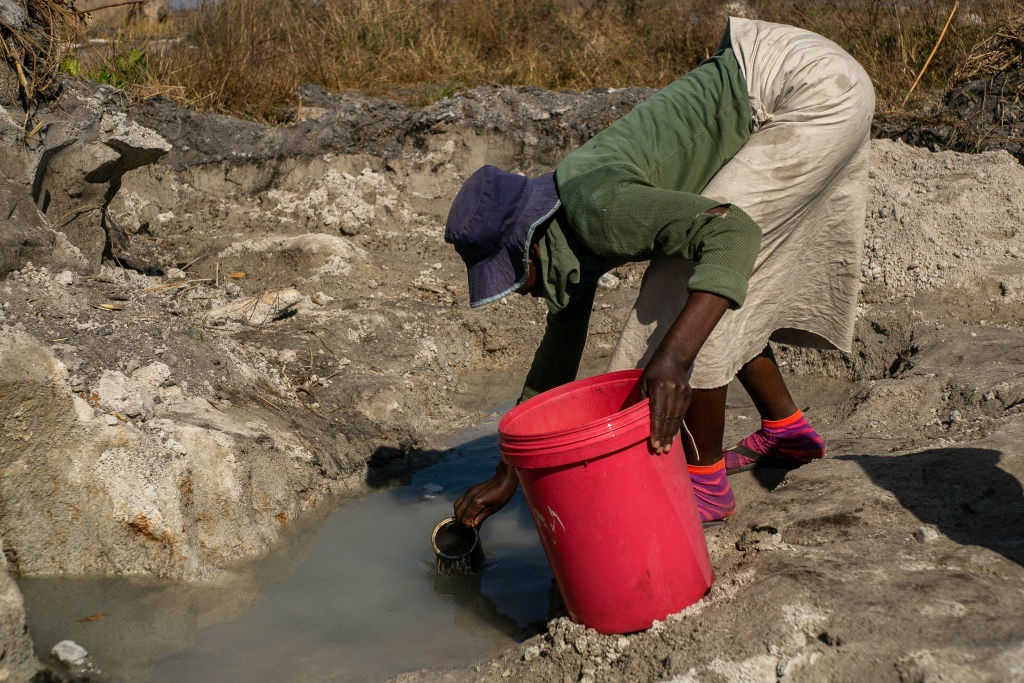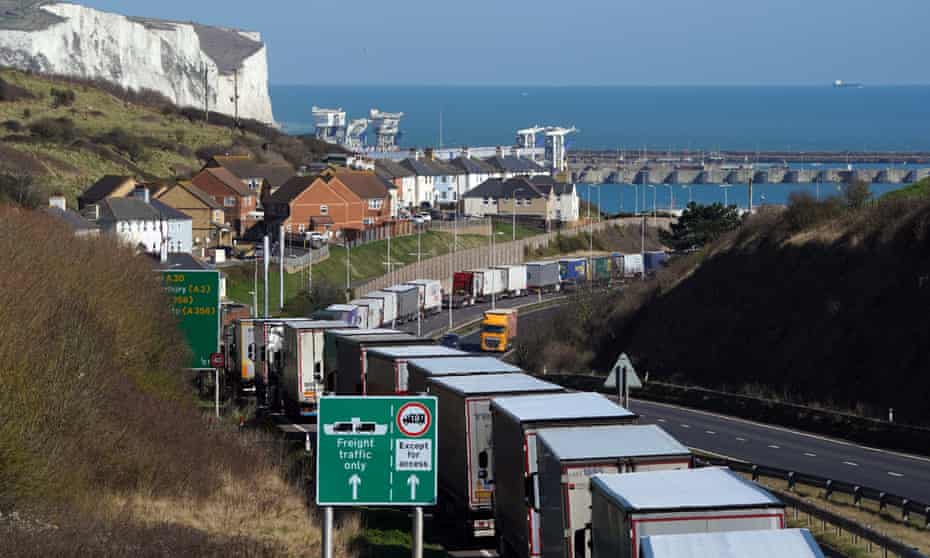NDP MLA introduces private member's bill to create venture capital fund
NDP economic development and innovation critic Deron Bilous is again calling for the Alberta government to create a venture capital fund to attract investment to the technology sector.

Bilous introduced a private member’s bill Thursday, Bill 203, the Technology Innovation and Alberta Venture Fund Act, which if passed will establish an advisory council and venture capital fund managed by the Alberta Enterprise Corporation (AEC) to invest in early-stage companies, startups and scale-ups.
The NDP pitched a similar fund in February 2021 , calling for $200 million in seed funding, but the new legislation doesn’t include a dollar request. Since its earlier proposal, the NDP said industry leaders suggested the fund should have professional, arms-length oversight from the government.
Bilous told reporters before introducing the bill Thursday the global tech sector saw strong growth during the COVID-19 pandemic, but Alberta needs to do more to be competitive.
“We’re losing ground to other provinces,” said Bilous, adding the fund would catapult Alberta’s growth and allow Albertans to invest and earn returns.
The Canadian Venture Capital and Private Equity Association (CVCA) has reported that 2021 was a record year for venture capital investments in Alberta and across the country. The CVCA estimated $14.7 billion in investment, while Alberta saw a total of $561 million in deals.
“We’ve grown, but our growth is actually much slower than other jurisdictions. The industry has said to me and to us, if we want to be leaders we need to take significant bold action. This venture fund concept is one that is unique and doesn’t currently exist in the country,” Bilous said.
Video: NDP calls on UCP government to help Albertans struggling with surging price of utilities (Global News)
Following the release of CVCA’s report in early March, Jobs, Economy and Innovation Minister Doug Schweitzer said the investments show Alberta is becoming a major player on the global tech stage.
Tricia Velthuizen, Schweitzer’s press secretary, said in a statement Thursday the government is still reviewing the bill but the minister is a strong advocate of the tech sector. In January, the government announced a $31.2-million investment for the AEC to go into three venture capital firms.
“Any attempt to spin the venture capital numbers in our province as anything less than exponential growth is mistaken. Since forming government, investment has increased by nearly 500 per cent, something that was never seen under previous administrations,” said Velthuizen, adding the number of tech companies has more than doubled since 2018.
Trent Johnsen, founder and CEO of Liveweb, spoke in support of the NDP bill.
“We actually dropped from over 10 per cent of total investments across Canada to less than four per cent. We’re not even keeping up with our Canadian peer provinces, let alone the rest of the world,” said Johnsen, adding Alberta’s lack of incentives like investor tax credits are slowing growth down compared to other jurisdictions.
Ontario, British Columbia, and Quebec topped the CVCA list with $7.4 billion, $2.9 billion, and $2.8 billion in investment respectively in 2021. The NDP noted in a news release that while those provinces saw growth between 180 per cent and 270 per cent, Alberta’s year-over-year increase was only 23 per cent.
“My request is for industry to help amplify this conversation. Let’s get Albertans talking about real ways that they can help grow the economy, and invest in companies in our own backyard,” Bilous said.
lijohnson@postmedia.com
twitter.com/reportrix









